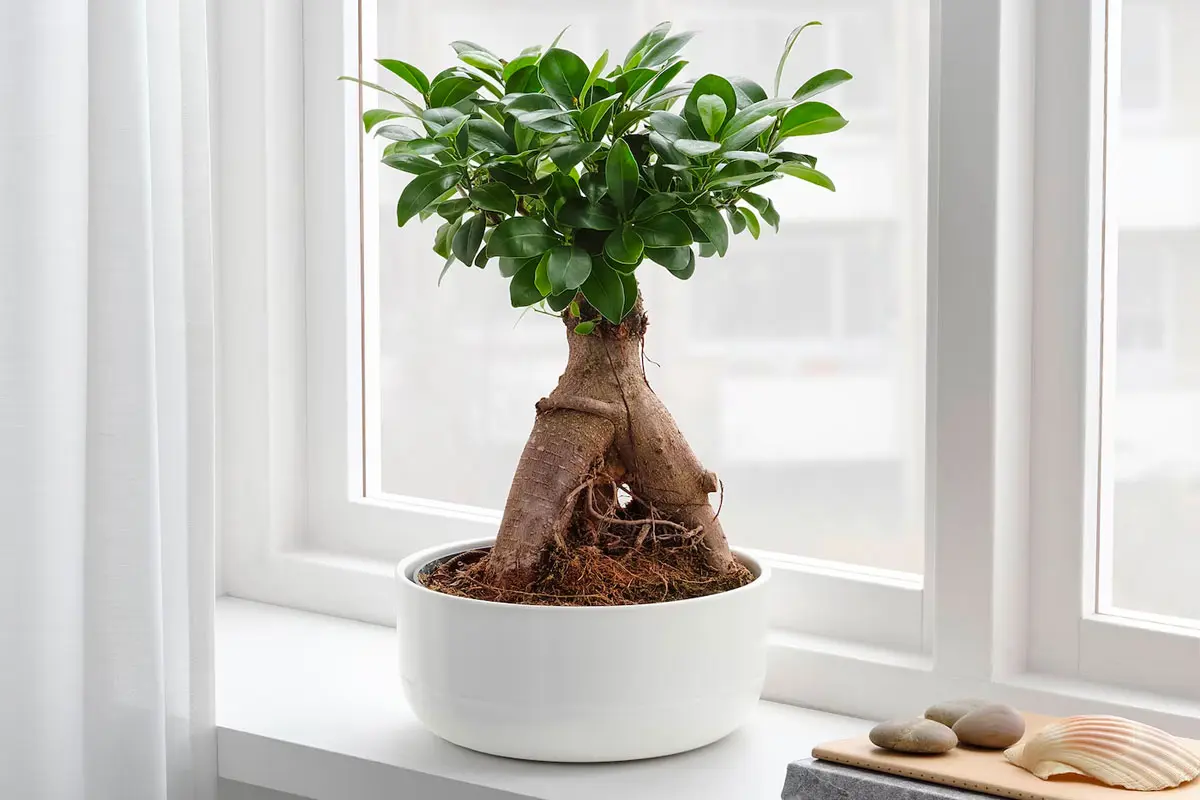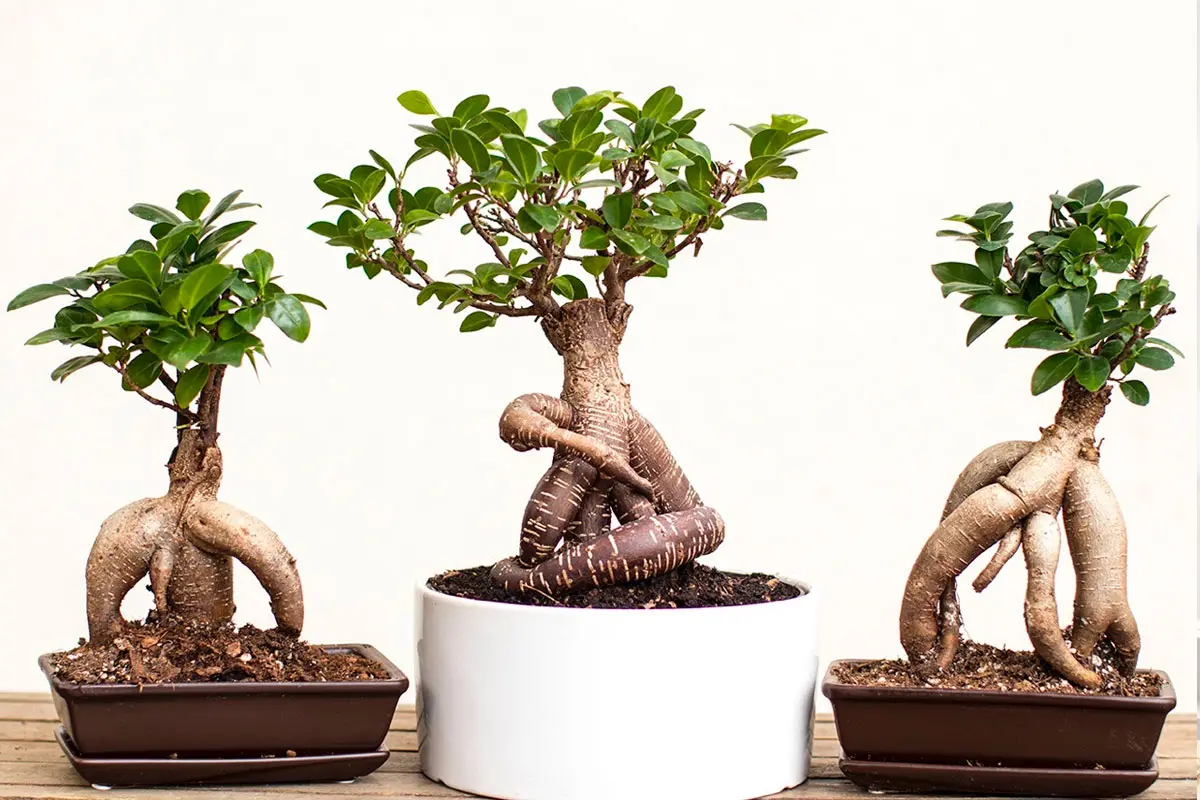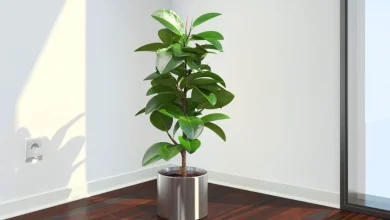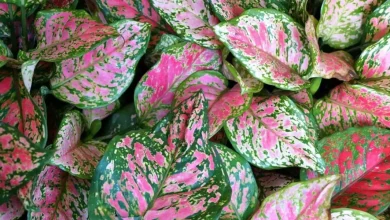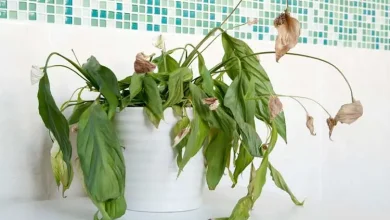How to take care of ficus microcarpa ginseng
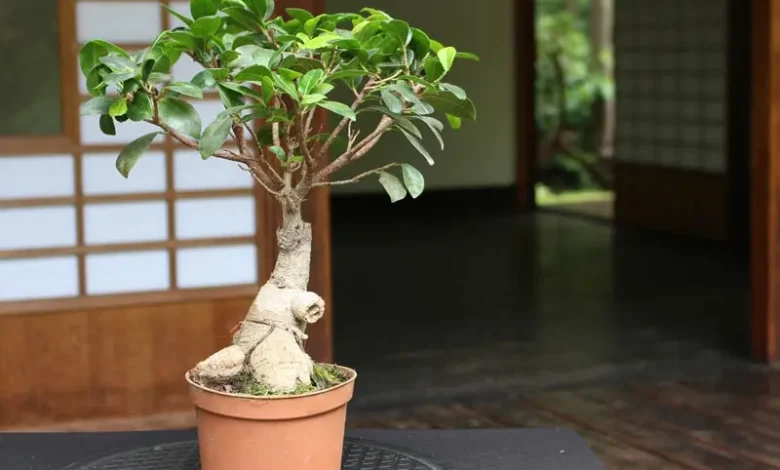
How to Care for a Ficus Microcarpa Ginseng Bonsai Tree and Make it Thrive
The Ficus microcarpa ginseng, also known as ginseng ficus, is a popular variety of bonsai tree prized for its exposed aerial roots that give it an ancient, gnarled appearance. With the right care and maintenance, the Ficus microcarpa ginseng makes an ideal indoor bonsai specimen.
An Introduction to Ficus Microcarpa Ginseng Bonsai
The Ficus microcarpa ginseng is a tropical tree that has become a favorite for bonsai enthusiasts. Its petite green leaves and wandering aerial roots lend it a miniature, aged look reminiscent of ginseng root. While native to Asia and Australia, the hardy Ficus microcarpa ginseng adapts well as an indoor bonsai.
Describing the Ficus Microcarpa Ginseng Bonsai
The ginseng ficus, or Ficus microcarpa ginseng, is a cultivar of the Chinese banyan fig species. It has oval, deep green leaves that emerge from brown woody stems. With proper training, the snaking aerial roots can be guided to grow down the trunk and along the branches. This gives the tree a twisted, gnarled appearance. The bulbous trunk also adds to its aged look.
Examining the Natural Habitat
In the wild, the Ficus microcarpa ginseng species thrives in tropical and subtropical environments. They favor bright, humid conditions like those found in rainforests. Ficus microcarpa ginseng often grow as epiphytes, sitting on top of other trees and structures in nature.
Unique Features of the Ficus Microcarpa Ginseng
The Ficus microcarpa ginseng is prized in the bonsai world for its aerial roots, which give it the appearance of great age. Its petite leaves and ability to remain small make it an ideal indoor bonsai. The twisted trunk adds intriguing shape and texture.
Caring for Your Ficus Microcarpa Ginseng Bonsai
Caring for a Ficus microcarpa ginseng bonsai requires paying close attention to its water, light, humidity, soil, fertilizer, and pruning needs. Meeting these care requirements will keep your bonsai healthy and happy.
Providing the Right Amount of Light
The Ficus microcarpa ginseng needs bright, filtered light to thrive as an indoor bonsai. Place it near a sunny window where it will get several hours of direct morning or late afternoon sun. Avoid intense mid-day sun, which can scorch the leaves. Rotate it periodically for even light exposure.
Watering Your Ficus Microcarpa Ginseng Properly
Water your Ficus microcarpa ginseng whenever the top inch of soil becomes dry. Be sure the pot drains fully and do not leave it sitting in water, which can lead to root rot. Cut back on watering in winter when growth slows. Drooping leaves indicate under-watering.
Increasing Humidity for Your Bonsai
Boost humidity around your Ficus microcarpa ginseng to 50-60% or higher. This mimics the tropical environs where ficus grow naturally. Use a pebble humidity tray or frequently mist the leaves and aerial roots. Higher humidity reduces leaf loss and tip browning.
Using the Appropriate Bonsai Soil
Ficus microcarpa ginseng needs a well-draining soil. Use a quality bonsai soil mix and avoid regular potting soil, which stays too wet. Repot every 2-3 years in spring, trimming back any circling roots. This keeps the roots healthy.
Fertilizing on a Regular Schedule
Feed your Ficus microcarpa ginseng with a balanced liquid fertilizer every 2 weeks during spring and summer when growth is most active. Reduce fertilizing in fall and winter months. This mimics its natural growth cycle.
Pruning Your Ficus Microcarpa Ginseng
Prune back branches and aerial roots in late winter to shape your tree. Use clean, sharp bypass pruners and seal cuts with paste. Remove no more than 1/3 of the tree when pruning to avoid stress. Regular pruning maintains its form.
Watching for Pests
Check your Ficus microcarpa ginseng frequently for pests like spider mites, scale, and mealybugs that can inhabit its dense foliage. Treat infestations early with horticultural oil or insecticidal soap sprays. Keep nearby plants clean too.
Propagating More Ficus Microcarpa Ginseng Plants
You can propagate new Ficus microcarpa ginseng plants from cuttings or air layering. For cuttings, take 6-8 inch tips in spring, treat with rooting hormone, and plant in moist soil. Air layer by wounding a branch and inducing root growth.
When and How to Repot Your Ficus Microcarpa Ginseng Bonsai
Ficus microcarpa ginseng should be repotted every 2-3 years, preferably in the spring. This ensures that the plant doesn’t become root-bound and allows you to refresh the soil. Here is a step-by-step guide on how to repot your bonsai:
- Prepare the New Pot: Choose a bonsai pot that is slightly larger than the current one. Ensure it has adequate drainage holes. Line the bottom of the pot with a layer of fresh bonsai soil.
- Remove the Bonsai: Carefully remove the bonsai from its current pot. Loosen the soil around the roots using a root hook or chopstick, taking care not to damage the root system.
- Trim the Roots: Examine the root system. Trim away any dead or excessively long roots. Aim to remove no more than 1/3 of the root mass to avoid stressing the plant.
- Place the Bonsai in the New Pot: Position the bonsai in the center of the new pot. Add additional bonsai soil around the roots, tamping it down gently to eliminate air pockets.
- Water Thoroughly: After repotting, water the bonsai thoroughly until water drains freely from the bottom of the pot. This helps to settle the soil and hydrate the roots.
- Aftercare: Keep the repotted bonsai in a shady spot for a few weeks to allow it to recover from the repotting process. Avoid fertilizing for about a month after repotting.
Conclusion
With the right care, your Ficus microcarpa ginseng bonsai can become a beautiful specimen that adds a touch of ancient beauty to your home or office. Remember, bonsai care is a labor of love and a long-term commitment, but the rewards are well worth it.
FAQ
How often should I water my ginseng ficus bonsai?
Water your ginseng ficus whenever the top inch of soil becomes dry. This is typically every 7-10 days on average but will vary. Reduce watering frequency in winter. The tree should never sit in soggy soil.
What are the best humidity levels for a ginseng ficus?
Maintain humidity around 50-60% which mimics the tropical environs where ficus naturally grow. Use a humidity tray or mist the leaves frequently to supplement humidity.
Should I prune my ginseng ficus bonsai?
Yes, prune back branches and aerial roots in late winter to shape the tree and remove any dead wood. Use clean bypass pruners and seal cuts with paste. Remove no more than 1/3 of the tree when pruning.
How much light does a ginseng ficus bonsai need?
Ficus microcarpa ginseng thrives in bright, indirect sunlight for several hours a day. Avoid hot afternoon sun. Rotate periodically for even light exposure.
What temperature range is best for a ginseng ficus?
Ginseng ficus does best with average room temperatures between 65-75°F year-round. Avoid drafty locations and extreme cold.



